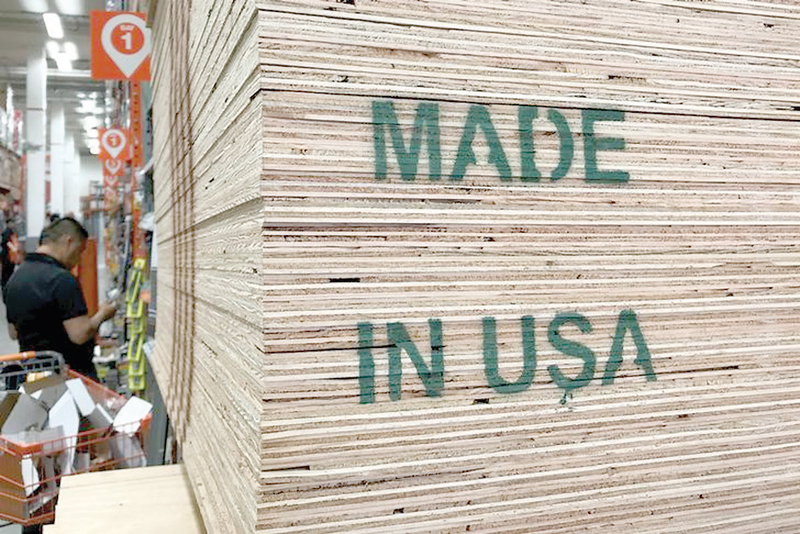

WASHINGTON: US business spending on equipment appeared to have remained slow in September and the goods trade deficit widened further as rising imports outpaced a rebound in exports, suggesting economic growth moderated in the third quarter.
But the growth pace in the last quarter was probably solid, with other data on Thursday showing gains in both wholesale and retail inventories last month. A tightening labour market, which is steadily lifting wage growth, is also supporting the economy.
The Commerce Department said orders for non-defence capital goods excluding aircraft, a closely watched proxy for business spending plans, dipped 0.1 per cent last month amid weakening demand for fabricated metals and electrical equipment, appliances and components.
That followed a 0.2 per cent decrease in the so-called core capital goods orders in August. Economists polled by Reuters had forecast core capital goods orders rising 0.5 per cent last month. Shipments of core capital goods were unchanged in September for a second straight month.
Core capital goods shipments are used to calculate equipment spending in the government’s gross domestic product measurement.
“It looks like business has ordered up all the new equipment they need for now to meet the demand for their goods and services,” said Chris Rupkey, chief economist at MUFG in New York. “The third quarter may prove to be the high-water mark for US manufacturing.”
Business spending on equipment is slowing after growing at a brisk pace for more than a year. It was buoyed by the Trump administration’s $1.5 trillion tax cut package, which included a sharp reduction in the corporate tax rate.
But the impact of lower taxes is being offset by the administration’s “America First” policies, which have led to a bitter trade war between the United States and China, as well as tit-for-tat tariffs with other major trade partners. Companies including Caterpillar Inc, 3M Co and Ford Motor Co have complained about rising manufacturing costs as a result of the duties on imported steel and other raw materials.
In its Beige Book report published on Wednesday, the Federal Reserve said “manufacturers reported raising prices of finished goods out of necessity as costs of raw materials such as metals rose, which they attributed to tariffs.”
In another report on Thursday, the Commerce Department said the goods trade deficit increased 0.8 per cent to $76.0 billion in September. Exports of goods rose $2.5 billion to $141.0 billion last month, boosted by shipments of industrial supplies, motor vehicles, consumer and capital goods.
But food exports continued to decline, likely pulled down by shipments of soybeans, which have borne the brunt of Washington’s trade fight with Beijing.
The rebound in goods exports last month was eclipsed by a $3.1 billion increase in goods imports to $217.0 billion. There were sharp increases in imports of consumer and capital good, reflecting robust domestic demand.
The anticipated drag on GDP growth from the deteriorating trade deficit is expected to be offset somewhat by an increase in inventory investment. The Commerce Department said wholesale inventories rose 0.3 per cent last month. Retail inventories gained 0.1 per cent.
A third report from the Labour Department on Thursday showed initial claims for state unemployment benefits increased 5,000 to a seasonally adjusted 215,000 for the week ended October 20. Claims fell to 202,000 during the week ended September 15, which was the lowest level since November 1969. Economists polled by Reuters had forecast claims rising to 214,000 in the latest week. — Reuters
Oman Observer is now on the WhatsApp channel. Click here



